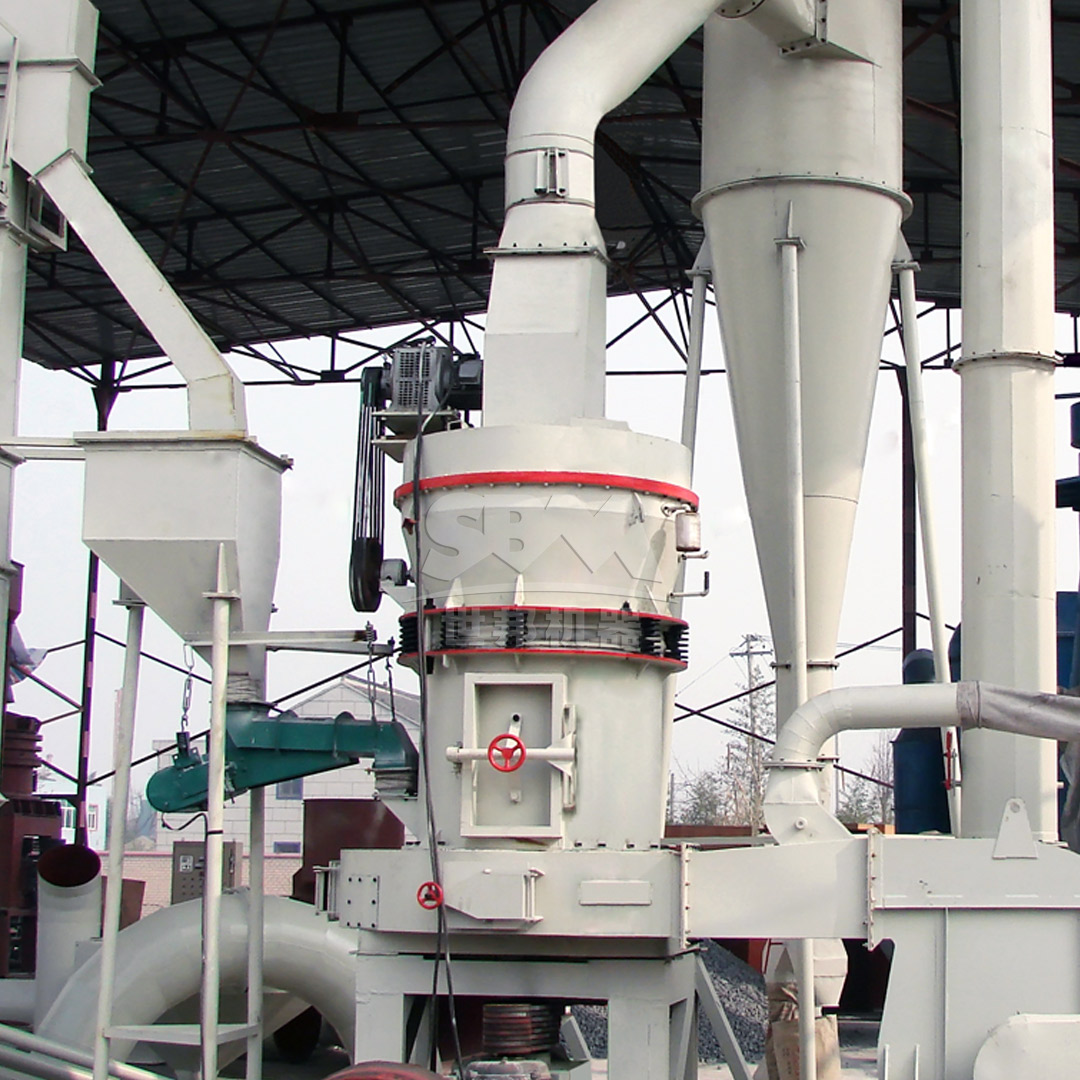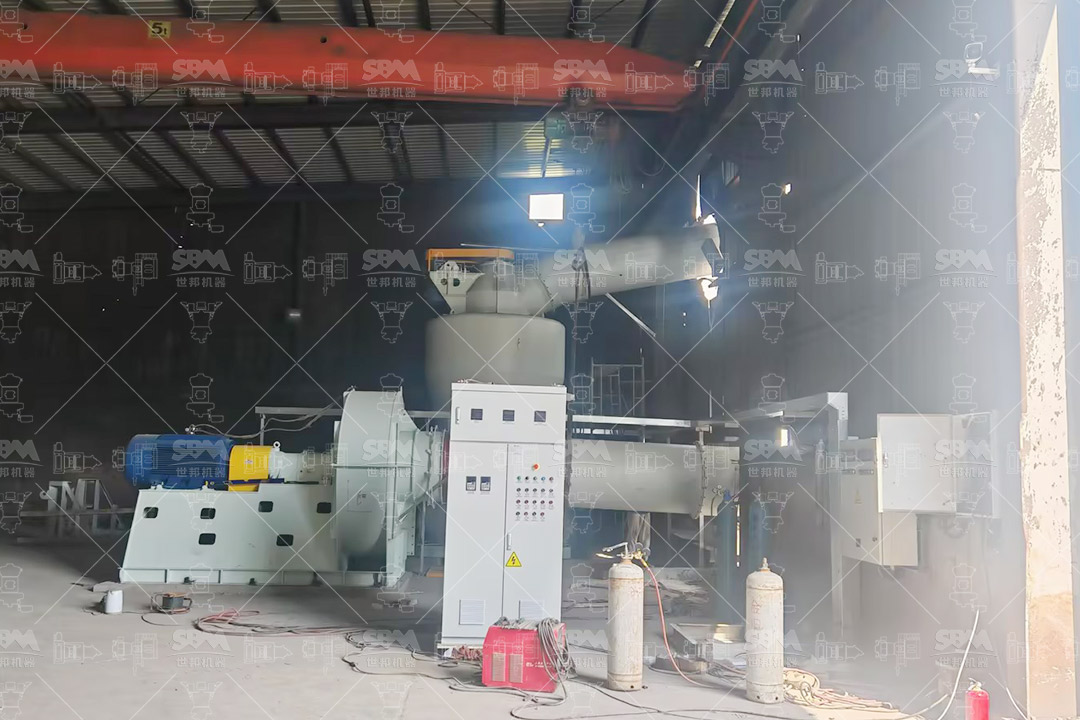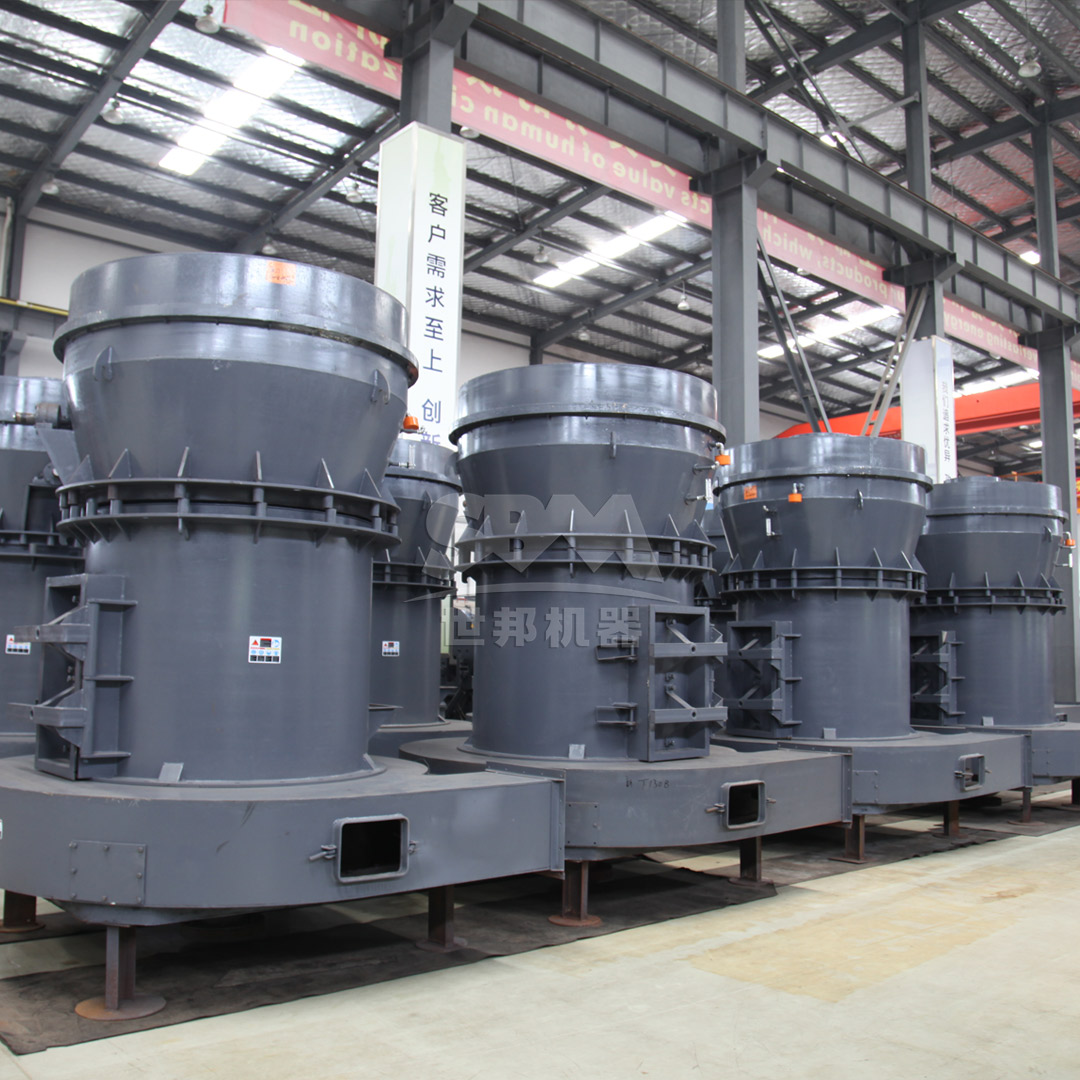The durability and longevity of road infrastructure are fundamentally dependent on the quality of cement used in construction. As global demand for robust transportation networks grows, the construction industry faces increasing pressure to deliver high-performance materials that can withstand heavy traffic loads, environmental stresses, and extended service life. At the heart of cement production lies the clinker grinding process—a technological operation that significantly influences the final properties of cement and, consequently, the performance of concrete pavements.
Modern clinker grinding machines have evolved from simple crushing equipment to sophisticated systems capable of precise particle size control, energy optimization, and environmental compliance. These advancements directly translate to enhanced cement performance through improved hydration characteristics, better workability, and superior strength development. This article explores how state-of-the-art grinding technologies contribute to road construction optimization by examining the relationship between grinding parameters and cement properties.

Cement performance is intrinsically linked to its particle size distribution (PSD), which governs key properties such as hydration rate, strength development, and durability. The grinding process determines the PSD by controlling the proportion of fine, intermediate, and coarse particles in the final product. Optimal PSD ensures complete hydration while minimizing water demand and porosity in the hardened concrete.
Research has demonstrated that cement with a well-balanced PSD exhibits:
Traditional ball mills, while reliable, often produce broad PSDs with inconsistent performance characteristics. Modern grinding systems address these limitations through advanced classification technologies that enable precise control over particle size parameters.
The evolution of grinding technology has introduced several systems specifically designed to optimize cement performance for demanding applications like road construction. These systems vary in their operating principles, energy efficiency, and final product characteristics.
| Technology Type | Optimal Fineness Range | Energy Efficiency | Key Advantages for Road Cement |
|---|---|---|---|
| Vertical Roller Mills | 3000-4500 cm²/g | High | Excellent PSD control, low water demand |
| Roller Presses | 3500-5000 cm²/g | Very High | Enhanced strength development |
| Horizontal Ball Mills | 2500-4000 cm²/g | Moderate | Proven reliability, flexible operation |
| Hybrid Systems | 3500-5500 cm²/g | High | Combined benefits of multiple technologies |
Each technology offers distinct advantages for specific road construction applications. Vertical roller mills, for instance, excel in producing cement with low water demand—a critical property for concrete pavements that require high workability with minimal water-cement ratio. Roller presses generate cement with superior particle packing density, resulting in enhanced durability against de-icing salts and chemical attacks.

For applications requiring exceptional cement performance, the SCM Ultrafine Mill represents a technological breakthrough in clinker grinding. This advanced system operates with output fineness ranging from 325 to 2500 mesh (D97≤5μm), enabling production of cement with optimized particle size distribution for specialized road construction applications.
The SCM Ultrafine Mill incorporates several innovative features that directly benefit cement performance:
For road construction cement requiring exceptional durability and chemical resistance, the SCM1680 model provides processing capacity of 5.0-25 tons per hour with a 315kW main motor, making it suitable for large-scale infrastructure projects. The ultra-fine particles produced by this system enhance particle packing in concrete, resulting in denser microstructure and improved resistance to penetration by water and chlorides—critical properties for concrete pavements exposed to de-icing salts in cold climates.
For general road construction applications requiring a balance between performance, production efficiency, and operational economy, the MTW Series Trapezium Mill offers an optimal solution. With output fineness adjustable between 30-325 mesh (up to 0.038mm) and processing capacity ranging from 3-45 tons per hour depending on model selection, this system provides versatility for various cement production requirements.
The technical advantages of the MTW Series specifically benefit road construction cement:
The MTW215G model, with its 280kW main motor and processing capacity of 15-45 tons per hour, is particularly suited for large-scale road projects requiring high-volume cement production. The precise particle size control achievable with this system ensures optimal cement hydration characteristics, contributing to concrete with predictable setting behavior and strength development—essential properties for meeting strict road construction specifications and timelines.
The choice of grinding technology directly influences the performance of concrete pavements through its effect on cement properties. Research and field experience have demonstrated several key relationships:
| Cement Property | Influenced Pavement Characteristic | Optimal Grinding Approach |
|---|---|---|
| Particle Size Distribution | Durability, surface wear resistance | Narrow distribution with controlled fines |
| Blaine Fineness | Early strength development | Higher fineness for accelerated opening to traffic |
| Particle Shape | Workability, water demand | Spherical particles from efficient classification |
| Temperature Rise | Thermal cracking risk | Controlled hydration through optimized PSD |
Modern grinding systems like the SCM Ultrafine Mill and MTW Series Trapezium Mill enable cement producers to tailor these properties to specific road construction requirements. For instance, cement for high-traffic highways can be optimized for rapid strength development to minimize lane closure times, while cement for residential roads can prioritize durability and resistance to environmental degradation.

Beyond technical performance, modern clinker grinding technologies offer significant economic and environmental benefits for road construction projects. Energy consumption represents approximately 40% of cement production costs, with grinding operations accounting for the majority of this expenditure. Advanced systems address this challenge through multiple efficiency improvements:
The economic advantages extend beyond the production phase to the road lifecycle. Cement produced with optimized grinding technologies typically enables concrete mix designs with lower cement content while maintaining performance specifications, further reducing the environmental footprint of road construction projects.
The continuing evolution of clinker grinding technology promises further enhancements to cement performance and road construction efficiency. Several emerging trends are particularly relevant:
These advancements will continue to push the boundaries of cement performance, supporting the development of more durable, sustainable, and cost-effective road infrastructure worldwide.
The optimization of road construction begins at the most fundamental level—the production of high-performance cement through advanced clinker grinding technologies. Systems like the SCM Ultrafine Mill and MTW Series Trapezium Mill represent the current state of the art, offering precise control over cement properties that directly influence concrete pavement performance. By selecting appropriate grinding technologies and optimizing operational parameters, cement producers can contribute significantly to the development of road infrastructure that meets evolving demands for durability, sustainability, and cost-effectiveness.
As grinding technology continues to advance, the construction industry can anticipate further improvements in cement performance that will enable even more robust and long-lasting transportation infrastructure. The integration of digital monitoring, advanced materials, and energy-efficient designs will ensure that clinker grinding remains a critical enabler of progress in road construction worldwide.